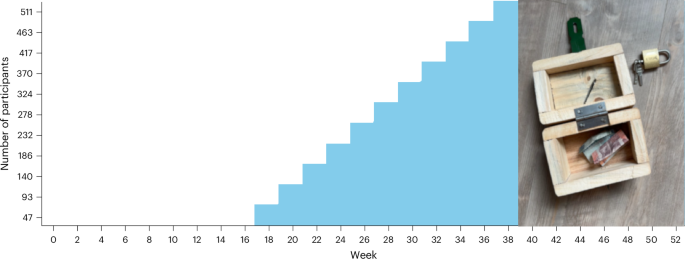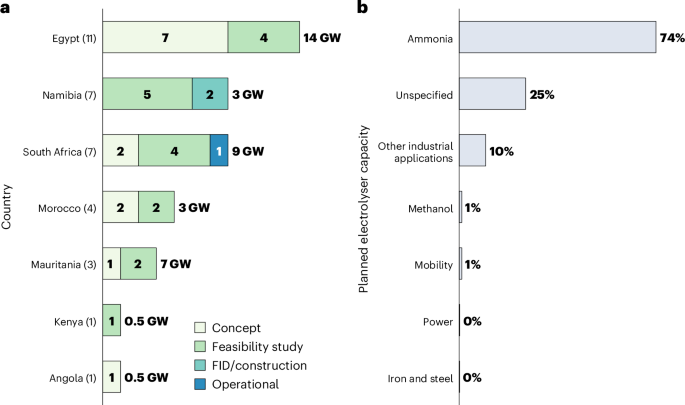One‐Dimensional Crystalline Zn2+ Conduction by Labile Tetrahedral Motifs
Advanced Energy Materials, EarlyView.

By integrating polarizable I− and chelating ligands, a sequenced 1D Zn2+ conduction architecture is constructed in a crystalline complex. The labile Zn–I− binding coupling with localized anionic disordering promote Zn2+ diffusion in a “pulley block” manner, breaking the Coulombic penalties inherent to multivalent-ion transport in solids. This work establishes a novel design paradigm for solid electrolytes that tolerate multivalent cations.
Abstract
Switching from liquid electrolytes to solid-state electrolytes (SSEs) overcome irreversible issues encountered in energy-dense electrodes through mechanically and ionically stable solid–solid redox reactions. Most advances are achieved by the discoveries on monovalent-cation conduction behaviors in SSEs, whereas practically feasible divalent-cation conduction is formidably challenging in solids, essentially due to the lack of tailored anionic frameworks tolerating charge-dense cations. Here, through a precise design of coordination geometry controlled by highly polarizable anionic ligands, a specialized single-crystal framework containing continuous Zn2+-conducting channels is engineered with mitigated Coulombic penalties. The ordered 1D architecture with tailored tetrahedral ZnI4 2− integrating labile Zn2+-I− interplays and anionic disordering dynamics induces enhanced Zn2+ diffusion in a “pulley block” manner, achieving a conductivity of 6.44 × 10−5 S cm−1 (at 30 °C) surpassing conventional Zn2+-conducting SSEs by three orders of magnitude. This work establishes a new paradigm for multivalent-cation conducting solid frameworks based on simultaneous anion modulation and coordination engineering, unlocking pathways toward energy-dense post-Li batteries.






















































































![[Video] The Weekly Break Out Ep. 20: Pacific policy in Singapore and the UK’s new defense plan](https://breakingdefense.com/wp-content/uploads/sites/3/2025/06/Break-Out-ep-20-thumb-Play-Button.jpg?#)
























































